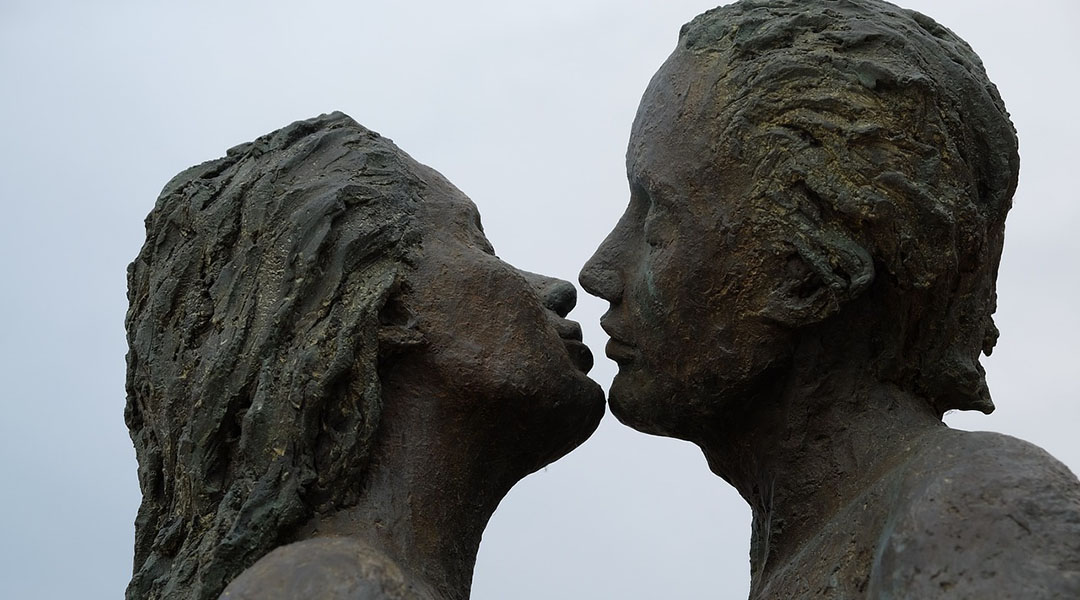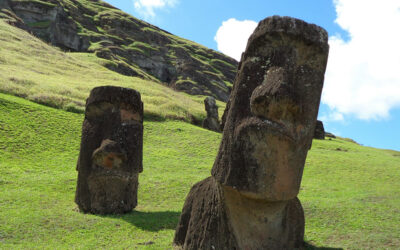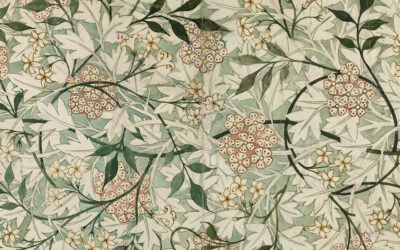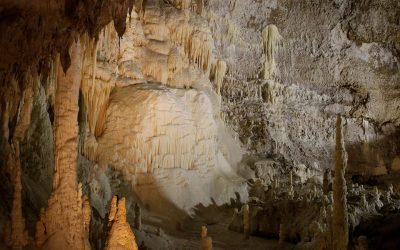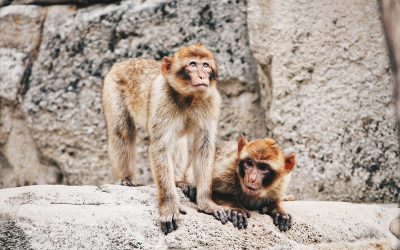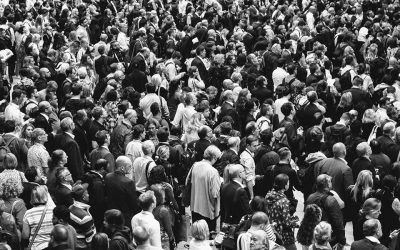A maternal kiss in the forehead, a friendly kiss on the cheek, a romantic kiss in the lips — the act of kissing represents one of the utmost signs of affection and is a custom practiced almost everywhere in the world. But what is the origin of this behavior and for how long have we been practicing it?
Anthropologists have been searching for archaeological evidence of kissing in ancient societies. Far from being a modern behavior, the oldest records of kissing dated back to 1500 BCE, in the Bronze Age.
Now, in a recent study published in Science, researchers have shown evidence of romantic kissing occurring in ancient Mesopotamian, current Iraq and Syria, 4500 years ago — much earlier than previously thought.
“The greater scientific community is now able to move the history of kiss back a thousand years,” said Troels Pank Arbøll, assistant professor of Assiriology at the University of Copenhagen and lead author of the publication. “Furthermore, it raises a number of important points for future discussions, such as how widely the sexual kiss was practiced in the ancient world.”
First record of kissing
In Ancient Mesopotamia, people wrote on clay tablets using cuneiform script, a type of writing that, like hieroglyphs, uses symbols to represent ideas. Cuneiform was mainly used for administrative purposes, but looking carefully one can find other types of texts.
Sophie Lund Rasmussen, postdoctoral researcher at Oxford University and co-author of the current study, explained that the Barton Cylinder is the first recorded proof of human kissing. “[This is one] of the written cuneiform sources we worked with […], a mythological text written in Sumerian around 2500-2350 BCE,” she said.
The first two columns of carved text describe humanity’s earliest record of a romantic kiss between two ancient deities:
“Those nights were indeed faraway nights. […] On the sacred area of the city Nippur the storm roared, the lights flashed. Heaven talked with Earth. Earth talked with Heaven. With the goddess ‘Grand-Good-Lady-of-Heaven’, […] he had intercourse. He kissed her. The semen of seven twins he impregnated into her womb.” (Translated by the archaeologists Bendt Alster and Aage Westenho).

But in old Mesopotamia, society also exerted a moral control over kissing. Two other ancient texts mentioning kissing in relation to romantic activities describe a wife who was almost led astray by a kiss from a man she was not married to; and another unmarried woman swearing to have avoided kissing and having sexual relations with a specific man. In Mesopotamia, romantic kissing was probably only meant for married couples and done in private.
According to William Jankowiak, professor of anthropology at the University of Nevada at Las Vegas who was not involved in the study, kissing arose among the upper class of complex societies pursuing pleasure. In this context of “slow consumption of food, dance style, and changing sexual release into an erotic encounter,” he said, appeared the practice of kissing.
Evolutionary origins
Kissing may have originated long before the invention of writing, since there are prehistoric sculptures older than the cuneiform texts which might represent people kissing. A genetic study even suggested that Neanderthals and modern humans might have exchange saliva through lip kissing more than 100,000 years ago.
Romantic kissing strengthens couple bonding and stimulates sexual desire, “but not all cultures engage in kissing of this kind,” said Robin Dunbar, anthropologist and emeritus professor of evolutionary psychologist at the University of Oxford.
Dunbar, who was not involved in this study, explained in an email that kissing could have contributed to evaluate the quality of the partner. An evolutionary theory proposes that exchanging signals through saliva — some sort of human pheromones — might have helped humans in assessing the health status and the immune system of their partner. However, lip kissing as a behavior conserved by means of evolution remains an unproven hypothesis, even if our closest relatives, chimpanzees and bonobos, also kiss.
A means of disease transmission
Apart from its emotional component and possible anthropological relevance, kissing has also played a key biological role in disease transmission, since it involves close contact and exposure to saliva.
In a study from last year, two research groups from the University of Cambridge found that a new variant of the Herpes Simplex Virus 1, the virus causing herpes, emerged in the Bronze Age. They hypothesized that the introduction of kissing in that era increased the transmission of oral diseases from then on, including that of herpes.
However, Arbøll and Rasmussen think that the rapid spread of the new variant of herpes virus in the Bronze Age cannot be simply explained by kissing. “We believe the behaviour of sexual-romantic kissing has been around for a much longer time,” said Rasmussen. “When it is argued that there was a sudden spread of [the virus causing herpes] during the Bronze Age and that this could have been caused by people starting to kiss, we are sceptical. The impact of kissing on disease transmission has definitely been there, but it has been constant for thousands of years.”
When asked what would be next in the anthropological research of kissing, Arbøll was optimistic. “At this point it cannot be traced sufficiently,” he said, “I imagine the perspective will make researchers think how it will be possible to trace kissing as a cultural practice further back. Who knows, maybe a cave painting will at some point show a kiss?”
Reference: Troels Pank Arbøll and Sophie Lund Rasmussen, The ancient history of kissing, Science (2023). DOI: 10.1126/science.adf0512
Feature image credit: Buchenberger on Pixabay

